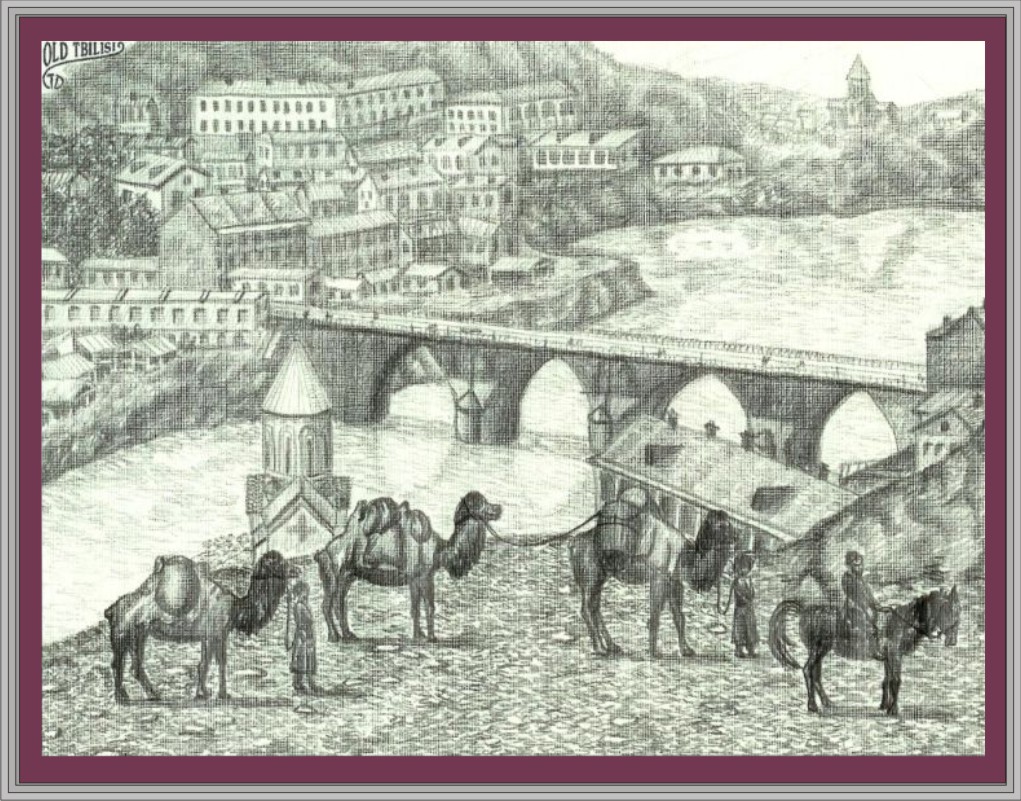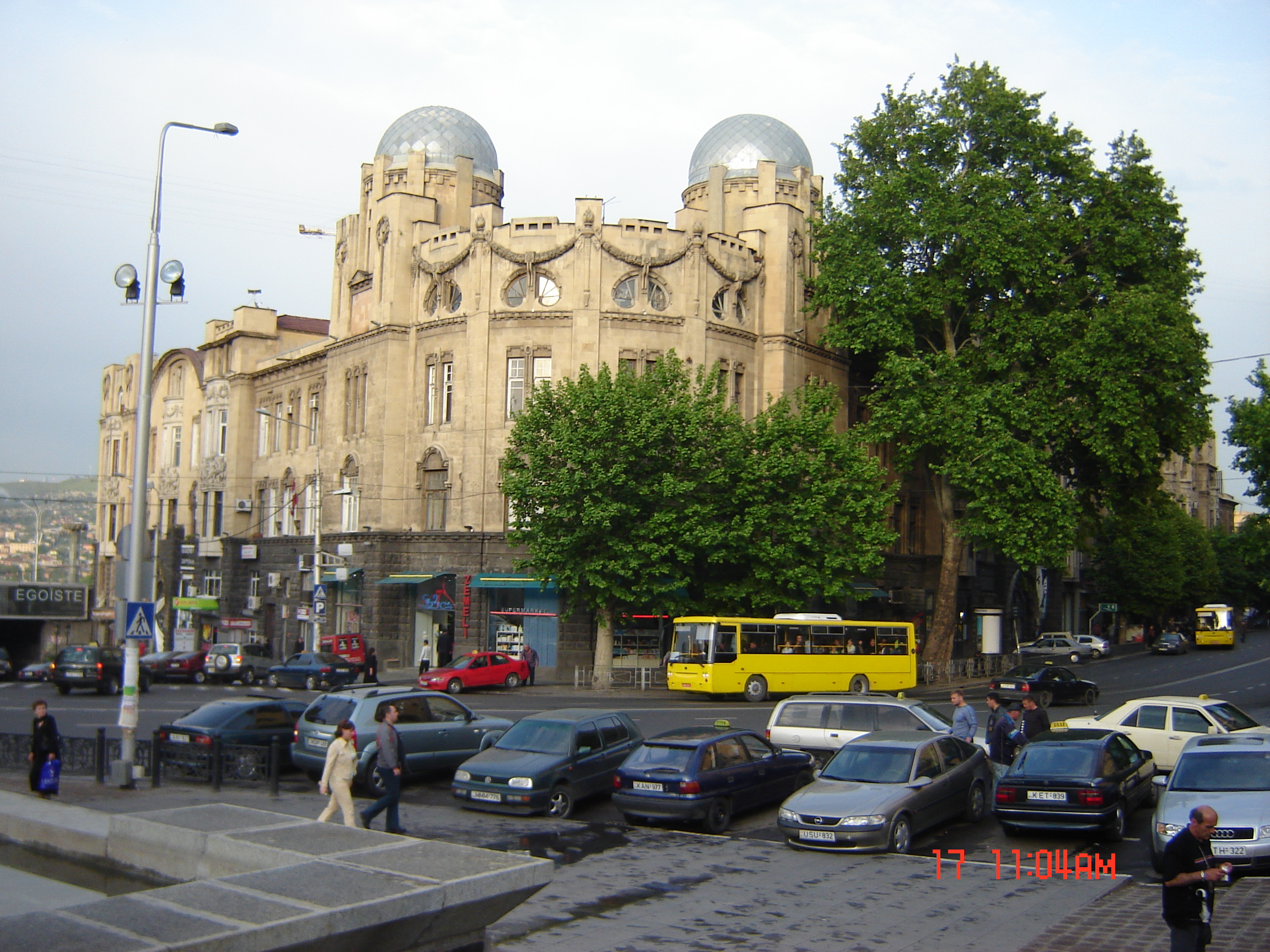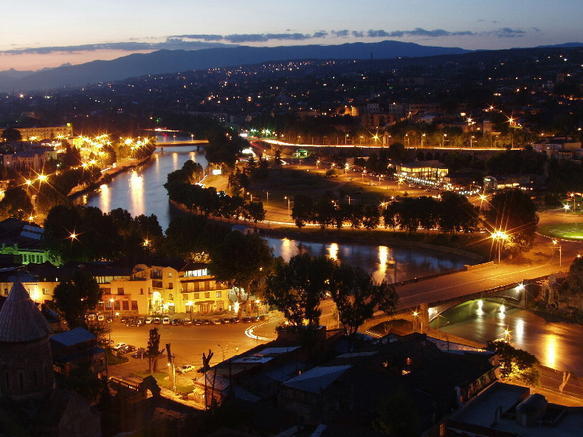By: Maria Martirosyan

The reason I wrote this blog:
Growing up, I spent a couple of years in Tbilisi, Georgia where my parents, grandparents, and many relatives lived. There I developed some of my earliest childhood memories which I cherish till this day. As a child living in Georgia, it felt as if I was in Armenia. I say this because as my family and I went from town to town to visit relatives it was hard not to notice the large number of Armenians living in Georgia. But it wasn’t until recently that I questioned why there was such a large population of Armenians in Georgia and what contributions have Armenians made to Georgia and vise-versa.
_______________________________________________________________________
Located on the west coast of the Black Sea and nearby the Caspian Sea, Georgia is a semi tropical region surrounded by grasslands and the snowy Caucasus Mountains. Unlike the Soviet style architecture, Georgia is complete with medieval style buildings, churches, towers, and manors. Georgia’s Golden Age, which is said to be during the 11th and 12th century is often compared to the Italian Renaissance because of the advancements in architecture, sciences, philosophy, music, and arts. The strategic location and perfect climate of Georgia was important for trade routes between Asia and Europe. Moreover, it was a great place for economic success.
Sharing a border with Armenia, Georgia has been a second home to a large number of Armenians and some historians even claim that during Georgia’s Golden Age, Armenians outnumbered Georgians. This may be true, because while most of Armenia was still very agricultural, many Armenian craftsmen, skilled workers, and merchants migrated to Tiflis, Georgia (or more commonly known as Tbilisi). Upon arrival, the Georgian people who are known for their great hospitality welcomed all of the Armenians and assisted them as they settled. Soon enough Armenians attended Universities, had government jobs, owned businesses, and lived full lives.
During that time, Armenians left a rich architectural footprint in Georgia. As time went by and the number of Armenians grew so did their success and social status. Armenians were involved in many aspects of Georgian life, such as their government, military, education system, and culture. The wealthy Armenians gave grants to establish public schools, institutes, government buildings, roads, and other structures. For example, the first public hospital in the capital city of Tiflis was built by an Armenian industrialist and philanthropist Mikael Aramyants, while the first children’s hospital was built by the Zubalyants brothers who were also Armenian. Both hospitals were built in the center of Tiflis and were easily accessible. Yet, some of the most notable architecture in Georgia are the numerous Armenian churches built all over Georgia. The Armenian churches allowed for the Armenians in Georgia to feel united and at home.
In addition, many of the first theatres and arts centers came to be because of the Armenians in Georgia. Moreover, some of the most famous poets, composers, writers, singers, and actors such as Sayat Nova, Hovhannes Tumanyan, Raffi, Gabriel Sundukyan, Aram Khachaturian, and Sargis Parajanyan, were Armenians who contributed to the Georgian culture on behalf of our Armenian name. Until this day there is a great Armenian presence in Tiflis such as the Melik-Azaryants house which is built on Rustaveli Avenue, the main avenue in Tiflis.
Throughout the years of living in Georgia, Armenians lived freely as they valued and defended their Armenian culture and heritage. Armenians in Georgia were very closely knit with their fatherland, Armenia. Multiple times a year, Armenians would travel back to Armenia to attend special events, ceremonies, and political procedures. Just as it only took them 7 hours by train, 4 hours by car, and 45 minutes by plane, Armenians in Georgia were able to protect and defend their culture, heritage, dignity, and traditions in Armenia and in Georgia.

